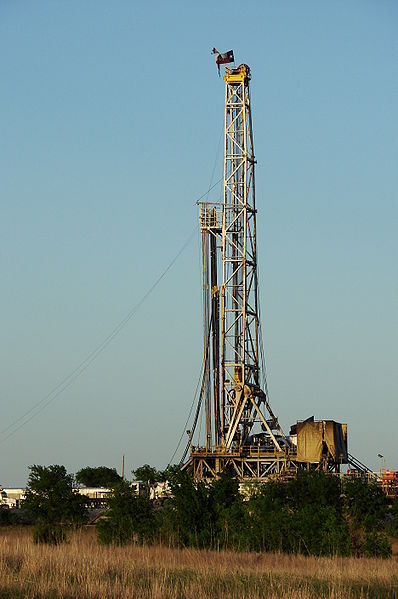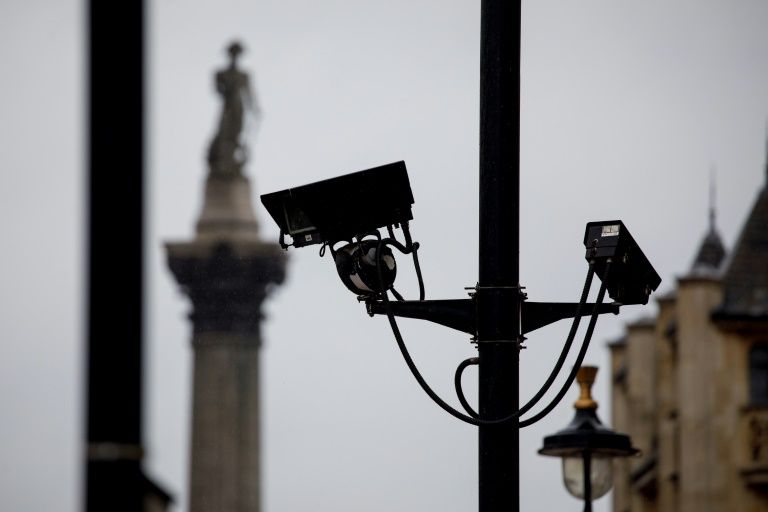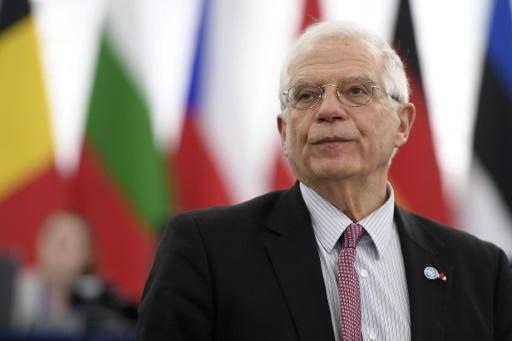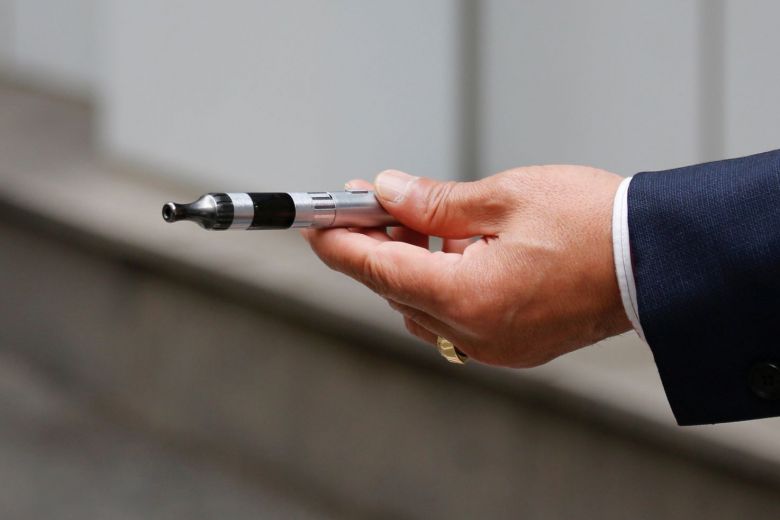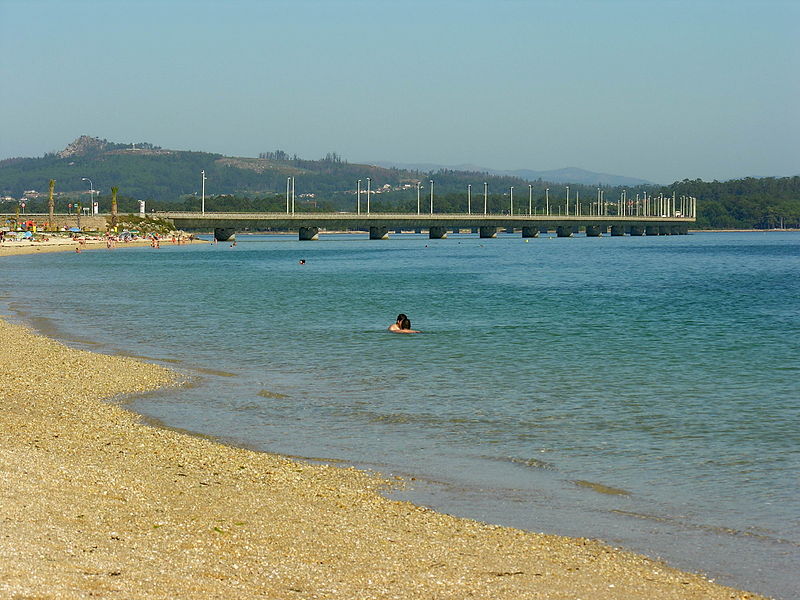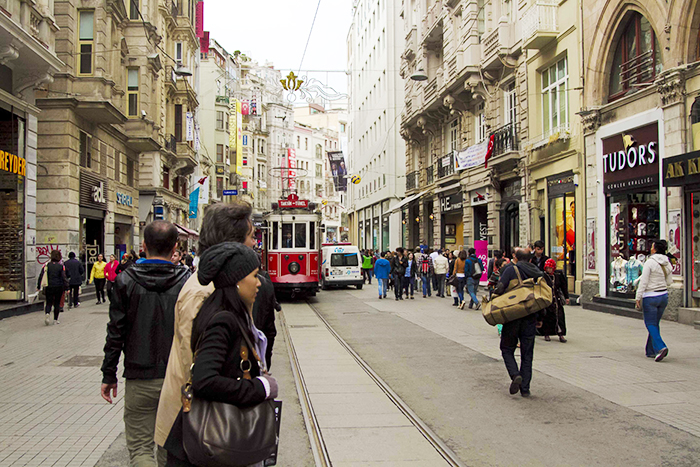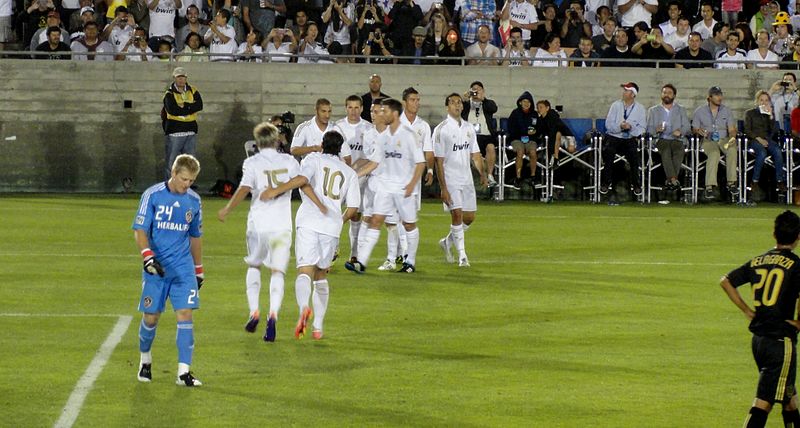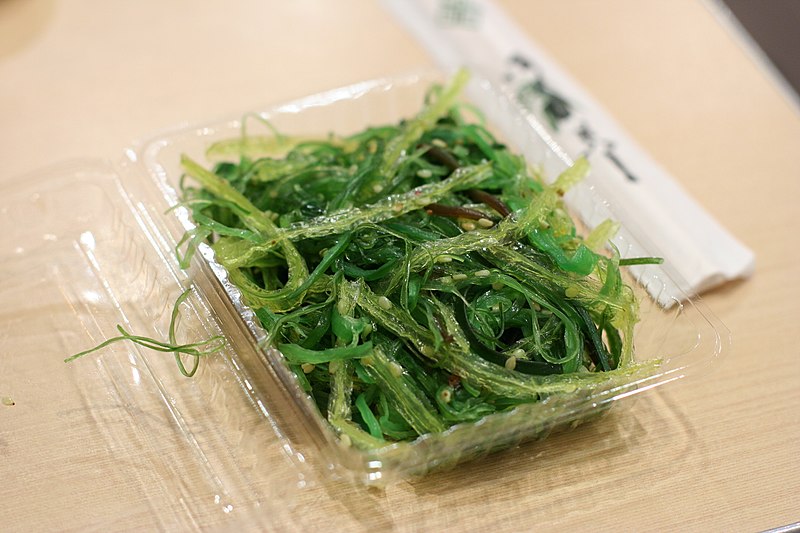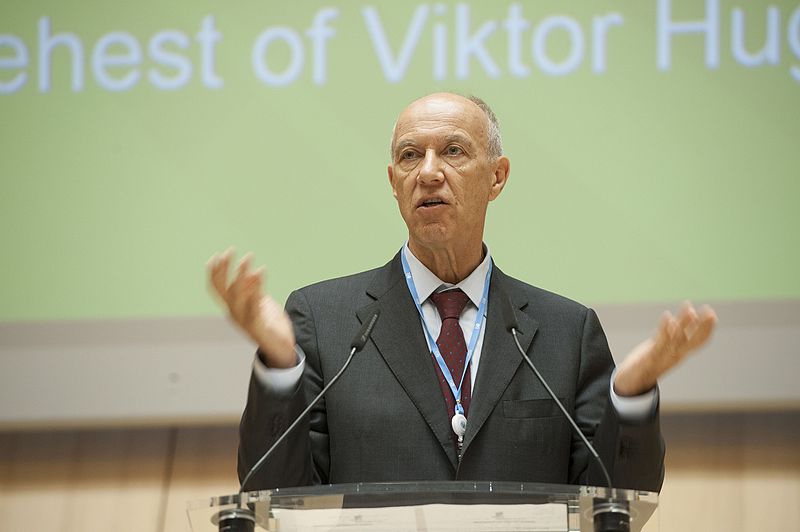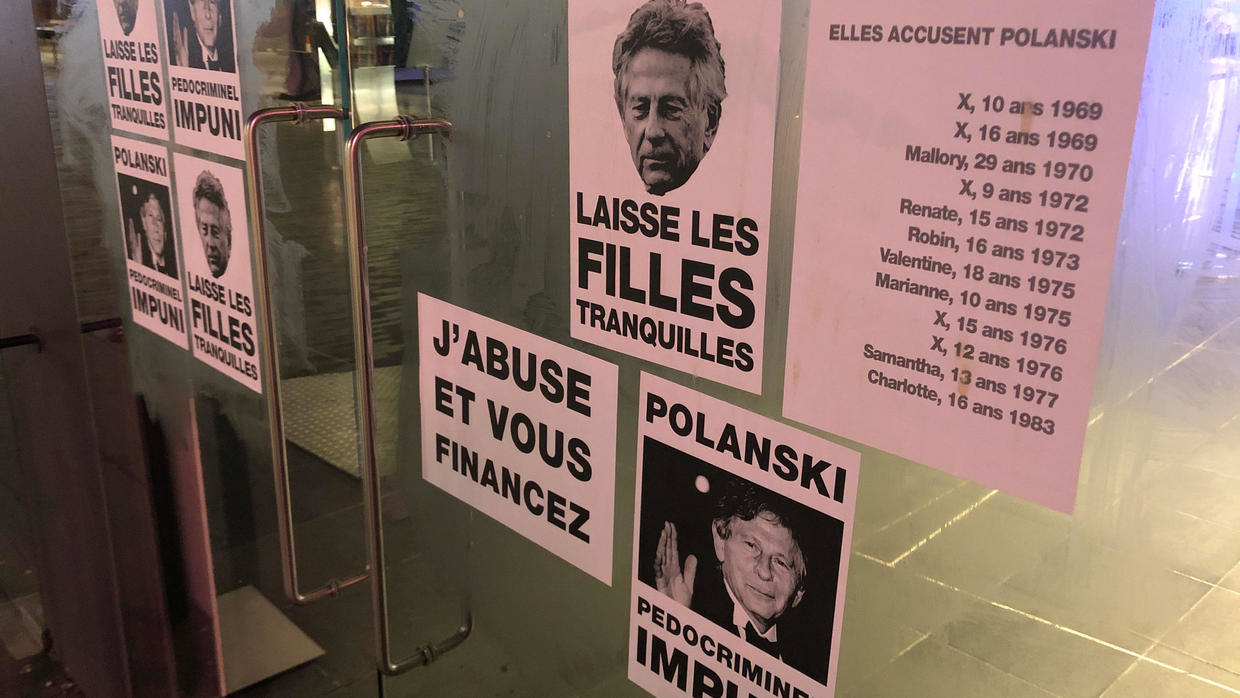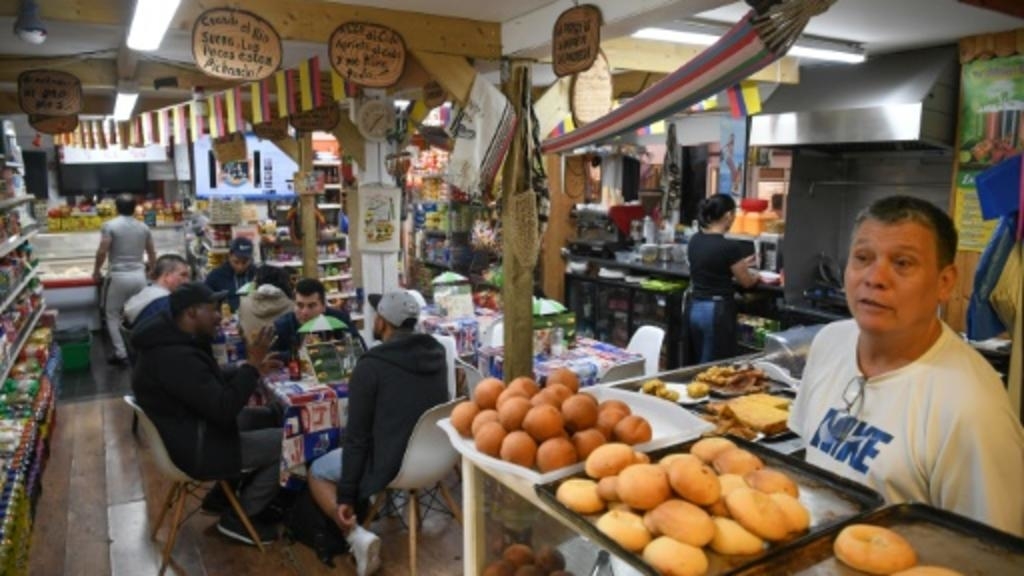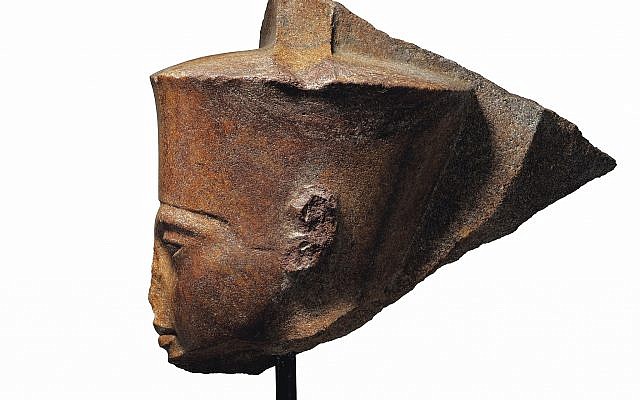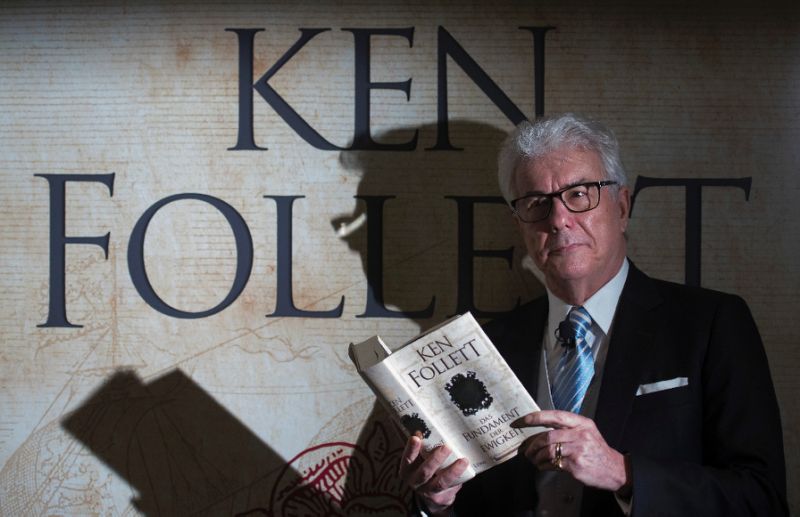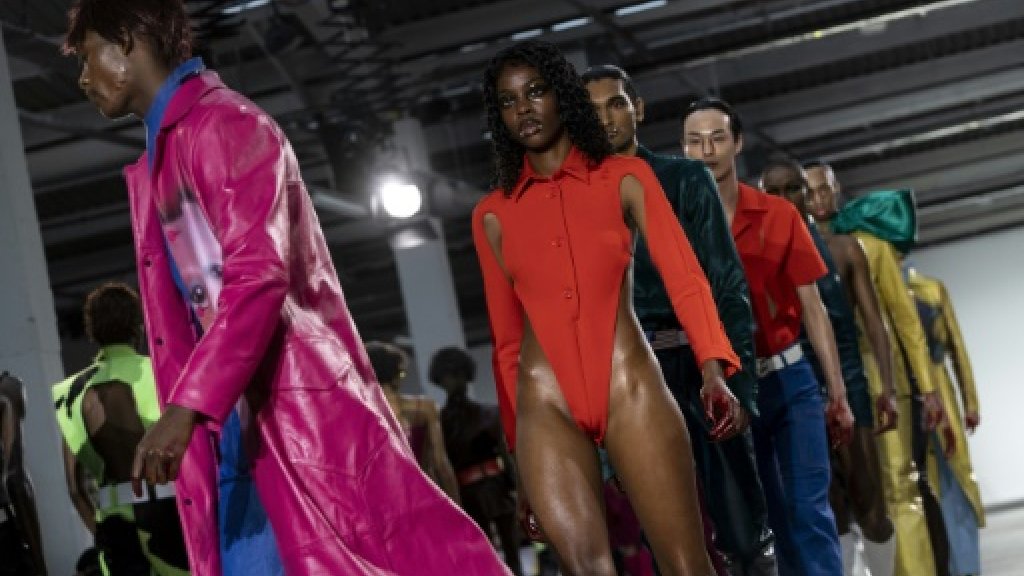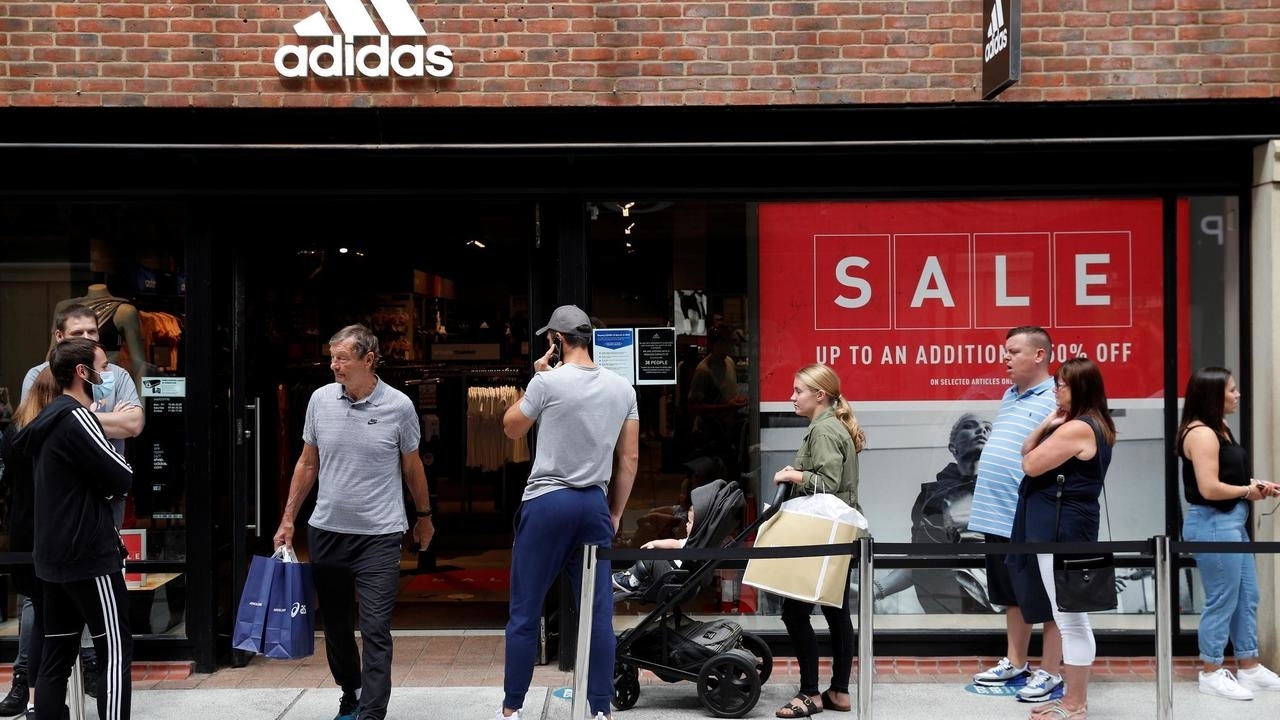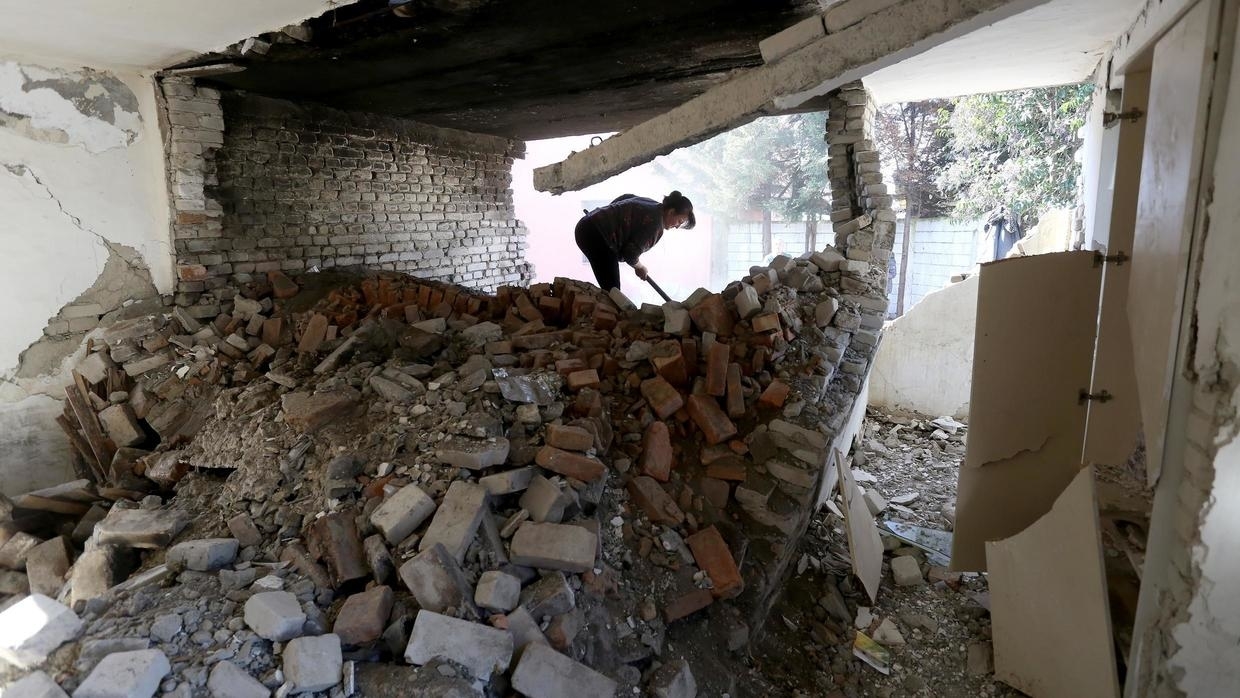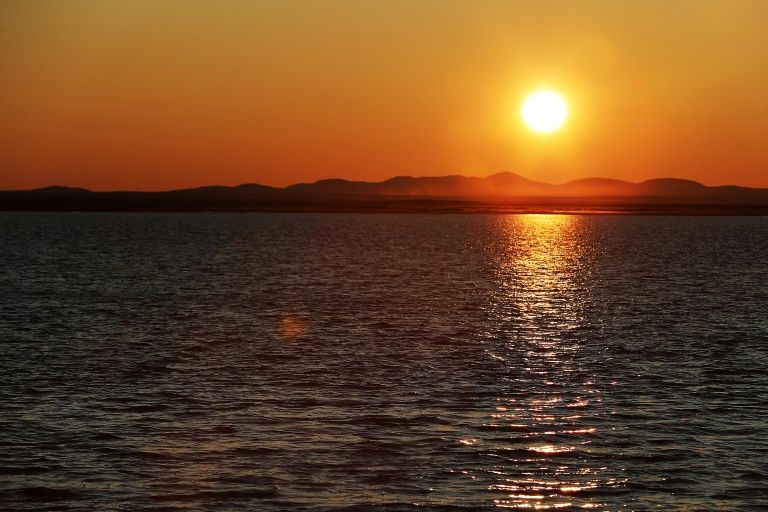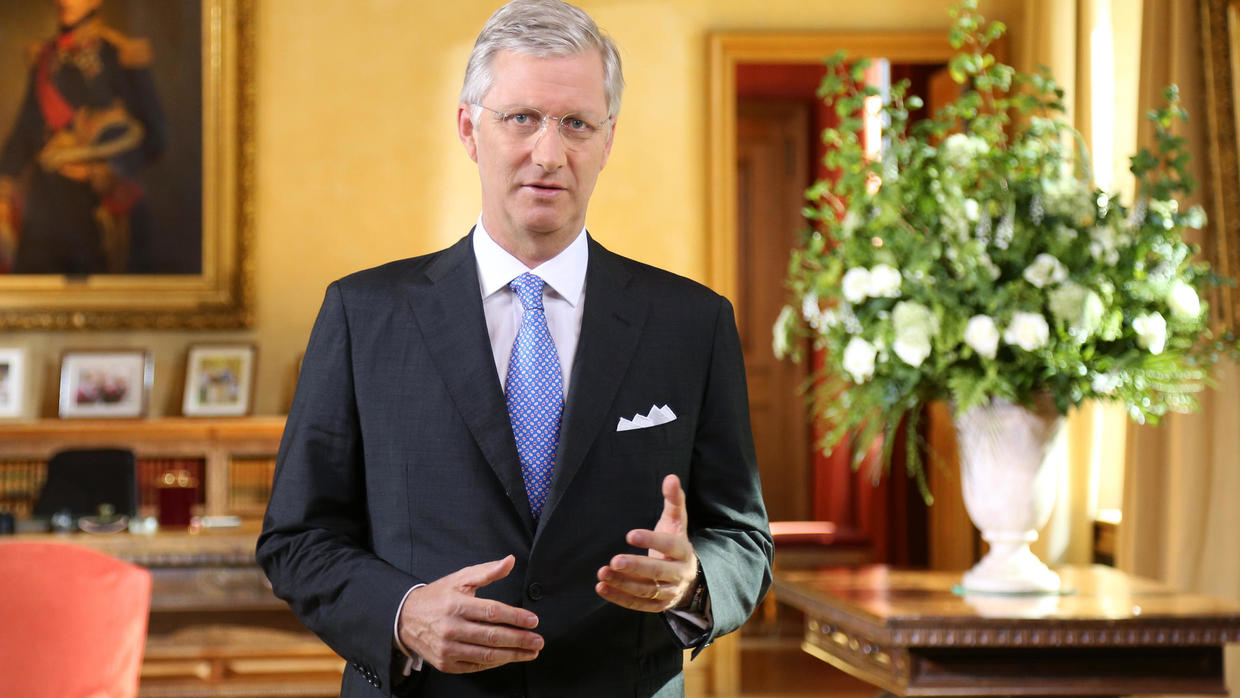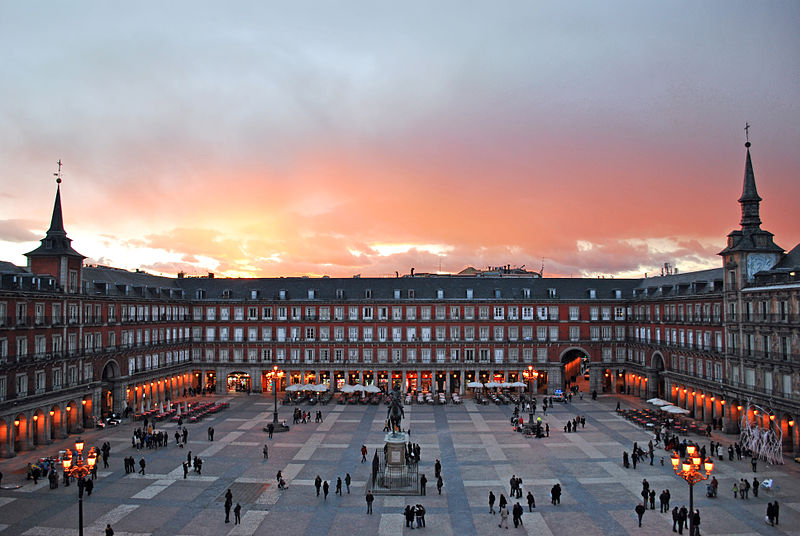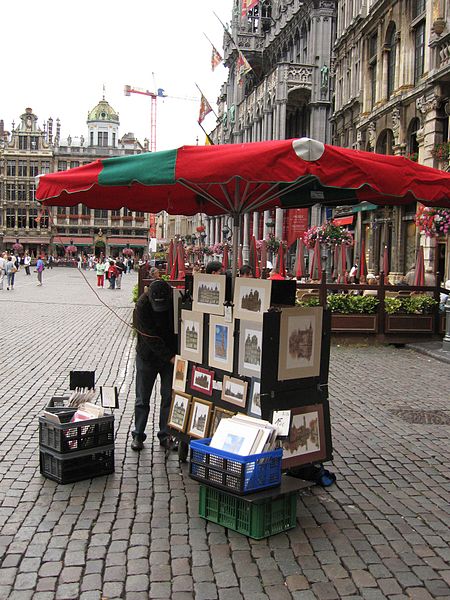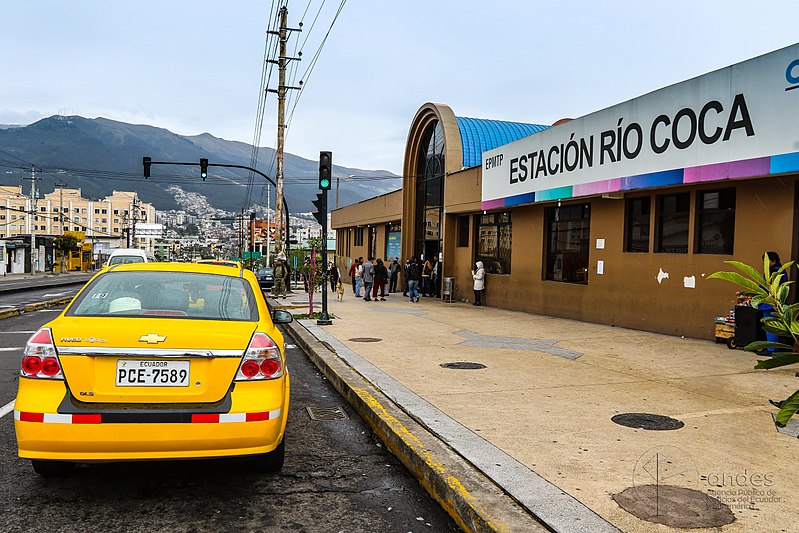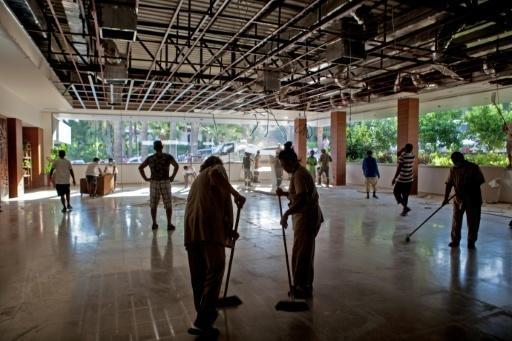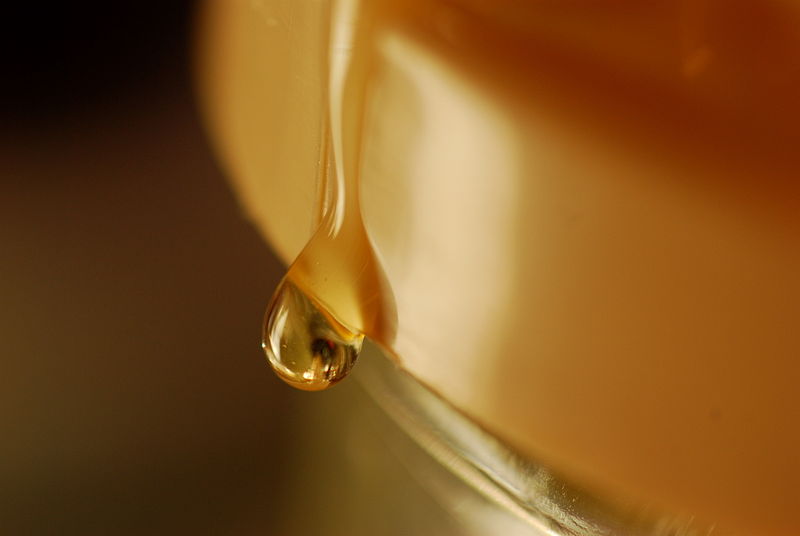
– ‘Worst on record’ – Italy’s main agricultural union Coldiretti said 2019 has been a “black year”, with “a harvest almost halved” from the 23,300 tonnes of honey collected
in 2018.
In France, it’s expected to be “the worst on record”, according to the National Union of French Beekeeping (UNAF), with “fewer than 9,000 tonnes” — almost a quarter of the crop harvested in the 1990s.
Romania was European honey “champion” in 2018, with some 30,000 tonnes. But this year the country’s production will drop below its recent yearly average of 25,000 tonnes, the ROMAPIS association told AFP.
And in Spain, the leading country in terms of number of hives, the harvest has been poor since 2015, with a drop of 5.2 percent in 2017 and a 2018 season which was “not up to expectations”, according to the country’s agriculture ministry.
– Climate change to blame –
January to early September saw over 1,000 extreme weather events in Italy — up over 50 percent on 2018 — including hail, storms and heat waves, Coldiretti said.
In France, spring was curtailed by a sudden cold snap, followed by a heat wave at the end of June. In some areas of southern France, the heat melted the wax in the hives, trapping the bees, UNAF said.
In Romania, “the lack of rainfall last autumn and winter hit rapeseed crops hard”, resulting in “very low honey production”, according to beekeeper Marian Patrascu.
Frost, drought and heavy rains resulted in fewer flowers or flowers without nectar, according to Italian, French and Romanian beekeepers, many of whom were forced to feed their bees to avoid them starving to death.
– What next? –
The fall in production in Italy is expected to lead to a drop in income of 73 million euros this year, on top of feed expenses.
The worst-off beekeepers will struggle to cover their costs, and the blow will be especially harsh for young farmers in debt.
But UNAF’s president, Gilles Lanio, fears “a backlash”.
To save the colonies, “the bees have killed all the males to get rid of extra mouths to feed”. The lack of males for mating may lead to a “lack of fertilized queens” next spring, meaning fewer new colonies and bees.
Bee mortality has also shot up in recent years due to an “epidemic” of the Varroa parasitic mite, the uncontrolled spread of the Asian hornet in Europe, and the “intense use of pesticides in agriculture”, according to the French Cyclops report.
– Chinese honey –
Beekeepers are sounding the alarm over massive imports of Chinese honey, which they say is “adulterated”, for example by being cut with syrup.
There is currently no European legislation requiring producers to specify the origin of honey.
Labels can state it is a “blend of honeys originating and non-originating in the European Community”, even if the product contains 99 percent Chinese honey and only 1 percent of, say French honey.
In Spain, beekeepers have held several protests against low-cost Chinese honey and authorities are planning to impose new labelling requirements which would list the percentages of honey included per country of origin.
In France, a decree is expected to come into force on January 1, 2020 which would list all countries that have supplied more than 20 percent of the honey in a jar, in order of importance.
– Northern Europe –
Thanks to a particularly hot summer in 2018, there has been renewed interest in beekeeping in Norway and Sweden, although it remains a marginal activity.
According to the Norwegian Association of Beekeepers, which now has 4,000 members compared to 2,500 a few years ago, production is around 1,300 tonnes, which far from satisfies the local market.
In Denmark, where production was up in 2018, local producers are finding it difficult to shift their produce.
The country’s association of professional beekeepers says stiff competition from cheaper foreign honeys has left its members with an estimated 800 tonnes or more of unsold stock.AFP
